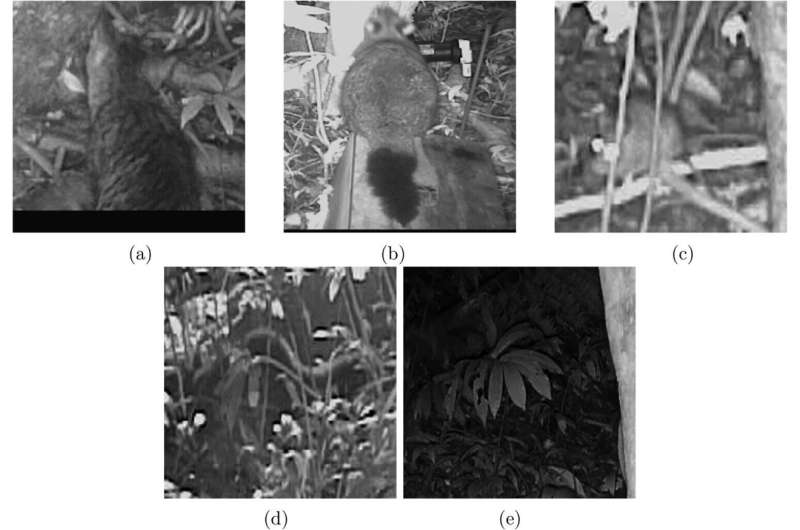Artificial intelligence spots pests in trail cams, and tracks indigenous plants from orbit
SOURCE: PHYS.ORG
SEP 20, 2022

A new paper published in the Journal of the Royal Society of New Zealand highlights the importance of having multiple open-source data sets available for environmental research.
Dr. Nick Lim, from the University of Waikato's Computing and Mathematical Sciences department says datasets for environmental research are needed to find environmental solutions over three key fields.
"The data for predator detection as developed by the University of Waikato feed into the predator free initiative and encompass hundreds of video clips captured using infrared cameras. A second important set of data takes low-resolution satellite images and uses AI to improve the images and create high-resolution data for researchers. And the third key data is around identifying land use and tracking indigenous flora and protected forests using aerial photographs."
Dr. Lim says making multiple datasets available open source is key to helping researchers create new solutions to environmental problems.
"Many of these datasets were used last week in the first Environmental Hackathon, which brought researchers from a number of disciplines together with the aim of creating unique and new solutions to environmental problems by looking at data that may not have been considered until this point."
Dr. Lim says the ability to access different datasets paves the way to more creative thinking when tackling the problems faced by the environment and climate change.
"The TAIAO project also contains a collated list of other datasets provided and licensed by our data partners that may be of interest to other researchers. We're doing a lot of work in protecting the biodiversity of New Zealand, particularly around species classification, and we look forward to working with researchers and analysts in the years to come to continue this important work."
LATEST NEWS
Augmented Reality
Hi-tech smart glasses connecting rural and remote aged care residents to clinicians
NOV 20, 2023
WHAT'S TRENDING


Data Science
5 Imaginative Data Science Projects That Can Make Your Portfolio Stand Out
OCT 05, 2022

AI Is Set To Change Fertility Treatment Forever
SOURCE: HTTPS://CODEBLUE.GALENCENTRE.ORG/
NOV 06, 2023
AI-empowered system may accelerate laparoscopic surgery training
SOURCE: HTTPS://WWW.NEWS-MEDICAL.NET/
NOV 06, 2023
Here’s Everything You Can Do With Copilot, the Generative AI Assistant on Windows 11
SOURCE: HTTPS://WWW.WIRED.COM/
NOV 05, 2023
Tongyi Qianwen, An AI Model Developed By Alibaba, Has Been Upgraded, And Industry-specific Models Have Been Released
SOURCE: HTTPS://WWW.BUSINESSOUTREACH.IN/
OCT 31, 2023
Stability AI Launches Stable Audio — Generate Music Using Artificial Intelligence
SOURCE: HTTPS://WWW.DIGITALMUSICNEWS.COM/
SEP 13, 2023
Ikigai Labs: $25 Million Raised To Advance Generative AI For Tabular Data
SOURCE: HTTPS://PULSE2.COM/
AUG 27, 2023




